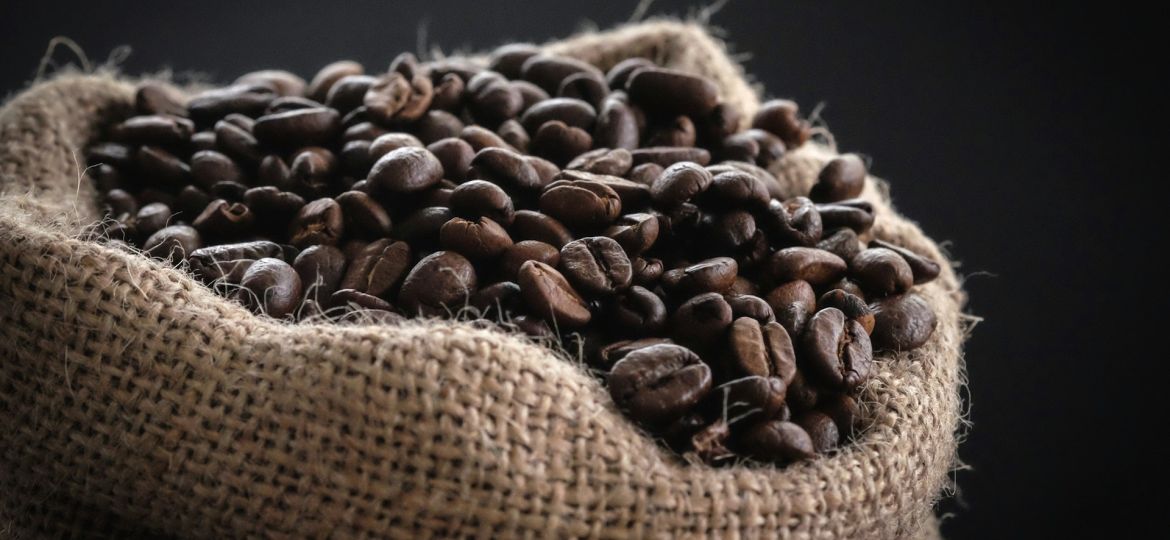
So, what’s the deal with honey processing? No, it doesn’t involve actual honey. It’s all about the mucilage. After removing the outer skin of the coffee cherry, the beans are left with this sticky layer, reminiscent of honey – hence the name.
This mucilage is where the magic happens. During drying, it ferments slightly, giving the beans a unique sweetness and a heavier body than washed coffees. But it’s not just about leaving the goo on.
The art lies in controlling how much mucilage remains and how it’s dried. This process can vary, leading to different types of honey processed coffee – yellow, red, and black – each with its own flavor profile.
It’s a delicate balance, requiring skill and attention, but the result? A coffee that’s both rich and nuanced, a true treat for the taste buds.
Overview of Coffee Processing Methods
Coffee processing is all about how we get from cherry to bean. There are mainly three ways: washed, natural, and honey.
- Washed is all about cleanliness, stripping away all the cherry’s flesh, leaving a clean, acidic taste.
- Natural is the wild child, drying the whole cherry and infusing the beans with fruity, wine-like flavors.
- And then there’s honey – the best of both worlds.
Characteristics of Honey Processed Coffee
Flavor Profile
It’s got the clarity and brightness you’d expect from washed coffee, but with a twist.
The mucilage left on the beans during drying adds a sweetness and fullness that’s just not there in washed coffees.
Think of it as a bridge between the clean, acidic notes of washed coffee and the bold, fruity flavors of natural coffee. It’s like getting the best of both worlds in your cup.
The taste? It’s often described as sweet, smooth, with a hint of fruitiness, and a rich, velvety body. The aroma? It’s like walking into a room with a subtle, sweet scent that makes you want to take a deep breath and relax. It’s not just coffee; it’s an experience.
Physical Characteristics
Now, let’s get physical. Honey processed coffee beans have a distinctive look. They’re kind of like beans with a tan, sporting a color that’s somewhere between the pale green of washed beans and the dark brown of natural ones.
The mucilage gives them a slightly sticky texture when they’re fresh. And the variations? Oh, they’re like different shades of honey – yellow, red, and black.
- Yellow honey beans are dried with less mucilage, giving them a lighter color and a milder flavor.
- Red honey is a bit stickier, with more mucilage and a deeper color, leading to a sweeter taste.
- And black honey? That’s the heavy-hitter, loaded with mucilage, darker in color, and packing the sweetest, boldest flavors.
Each type offers a unique twist, making honey processed coffee a diverse and exciting category.
Do you know what is Coffee Creamer? Click in this link and learn more about it.
Global Production of Honey Processed Coffee
Honey processed coffee isn’t just a Costa Rican specialty anymore. It’s gone global, with various coffee-producing regions adding their own twist.
You’ll find it in countries like Honduras, Brazil, and even some parts of Africa. Each place brings something unique to the table.
In Honduras, they might let the beans dry a bit longer, giving a different flavor profile. In Brazil, the focus might be on the consistency of the mucilage layer.
It’s not just about the method; it’s about the local climate, the soil, and even the altitude. All these factors come together to create a diverse range of honey processed coffees, each with its own distinct character.
Sustainability and Environmental Benefits
One of the coolest things about honey processing is its environmental friendliness. Remember, it started as a response to water scarcity.
This method uses significantly less water than the traditional washed process, which is a big win for sustainability. Less water means less strain on local water resources, which is crucial in coffee-growing regions that might already be struggling with water availability.
Plus, it reduces the amount of wastewater, which can be harmful to local ecosystems if not managed properly. By cutting down on water usage, honey processing is helping make coffee production a bit more eco-friendly.
Economic Implications
Now, let’s talk money. Honey processed coffee usually commands a higher price in the market. Why? It’s all about the quality and the unique flavor profile.
However, producing it isn’t a walk in the park. It requires more attention and care compared to other methods, which can drive up production costs.
Plus, the risk of spoilage is higher if the mucilage isn’t managed correctly. This means that farmers need to be skilled and attentive, which can limit production scale.
Despite these challenges, the demand for honey processed coffee is growing, thanks to coffee lovers who are always on the hunt for something new and exciting.
FAQs
Q: Why is it called ‘honey’ processed coffee?
A: It’s all about the sticky mucilage left on the beans, which looks a bit like honey. No actual honey is used.
Q: Does honey processed coffee taste like honey?
A: Not exactly. The name refers to the process, not the flavor. The coffee does have a sweeter profile, but it’s more about the richness and body than a honey-like taste.
Q: Is honey processed coffee better than other types?
A: “Better” is subjective. It’s different. If you like a balance between sweet and fruity flavors with a full body, then honey processed coffee might be your new favorite.
Q: Can I make honey processed coffee at home?
A: Sure, you can brew it like any other coffee. But the processing part? That’s best left to the pros.
Q: Is honey processed coffee more expensive?
A: Generally, yes. The process is more labor-intensive, and the flavor is often considered superior, which bumps up the price.
The Future of Honey Processed Coffee
Honey processed coffee is a fascinating blend of tradition and innovation. It’s a testament to how creativity can blossom from challenges, like water scarcity.
With its unique flavor profile and eco-friendly processing method, it’s carving out a niche in the coffee world.
Looking ahead, we can expect more experimentation and perhaps even new variations as more regions adopt and adapt the method.
For coffee enthusiasts, this means an ever-expanding world of flavors to explore. Honey processed coffee isn’t just a trend; it’s a delicious evolution in the journey of coffee.









